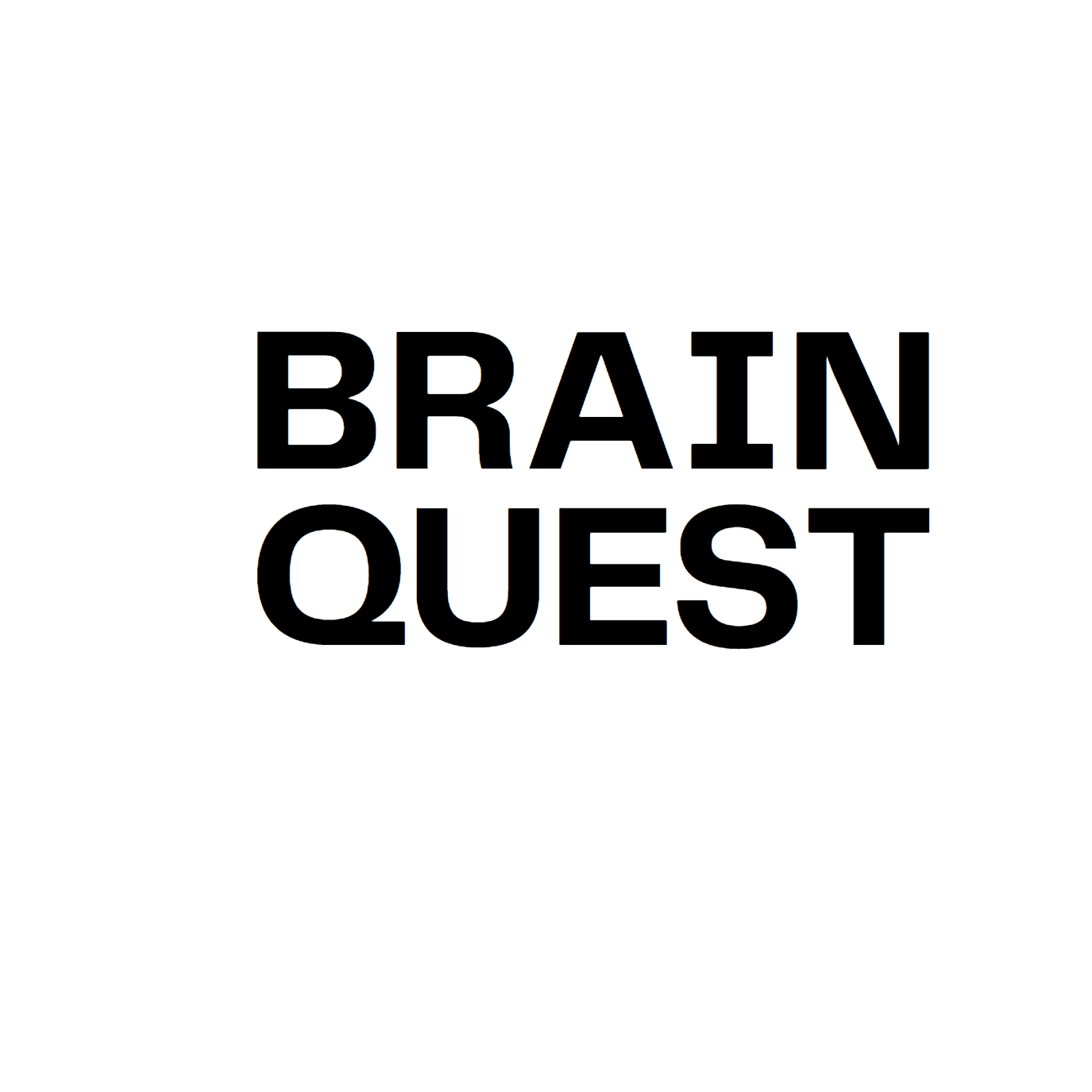TaskFlow – AI-powered Task Management System

Project Overview
Product Name: TaskFlow
Purpose: To build a smart task management system that not only tracks tasks but uses AI to intelligently prioritize, schedule, and delegate them across teams and individuals.
Development Time: 5 months (initial version)
Tech Stack:
Frontend: Vue.js, Tailwind CSS
Backend: Node.js, Express.js
AI & NLP: Python (spaCy, OpenAI API), FastAPI
Database: PostgreSQL, Redis (for caching and real-time updates)
Task Scheduling Engine: Celery, RabbitMQ
DevOps: Docker, Kubernetes (GCP), GitHub Actions
Problem Statement
Traditional task managers simply act as to-do lists with timestamps. For modern teams managing multiple priorities, this approach fails to:
Dynamically prioritize based on workload
Understand task intent/context
Recommend optimal schedules based on team behavior and deadlines
Goal: Build a task management system that uses AI to automatically organize, assign, and optimize tasks across an organization, making it proactive—not reactive.
Core Features Built
Smart Task Input
Natural language task creation (“Send the report by Thursday to Sarah”)
Auto-extracts due date, assignee, priority, and tags using NLP
AI-Powered Task Prioritization
Uses historical patterns, deadlines, and dependencies
Adaptive learning algorithm improves with usage
Dynamic Scheduling
Suggests daily/weekly task slots based on calendar availability and work habits
Re-prioritizes if a task is delayed or missed
Team Collaboration Dashboard
Real-time updates on team progress
Intelligent load balancing to prevent team overload
TaskBot (Chat Assistant)
Slack and Microsoft Teams integration
Answer questions like “What’s my top priority today?” or “Reschedule this task to next week”
Analytics & Reports
Visual workload heatmaps
Bottleneck and delay analysis
Efficiency score based on completion trends
Development Challenges & Solutions
1. NLP Accuracy in Task Parsing
Challenge: Extracting structured data from natural text inputs.
Solution: Fine-tuned spaCy pipelines and fallback to OpenAI API for edge cases.
2. Scheduling Conflicts
Challenge: Overlapping task suggestions or unavailable slots.
Solution: Integrated with Google Calendar API and implemented a rules-based conflict resolver.
3. Task Overload on Users
Challenge: Some users were being assigned too many tasks by AI.
Solution: Added a personalized “capacity” model that learns user limits and blocks overload.
User Impact & Feedback
Deployed internally across three startup teams (50+ users)
92% reported that TaskFlow reduced their time spent manually organizing work
Teams saw a 25% increase in task completion within deadlines after 2 months
TaskBot feature became the most used, averaging 200+ daily interactions
Lessons Learned
AI is most helpful when it augments human decision-making, not overrides it
Transparency builds trust — users preferred seeing why a task was prioritized a certain way
Simple UX beats complexity — early versions had too many AI suggestions; trimming them improved adoption
Future Enhancements
Multi-language NLP support
Personal productivity coaching based on task data
Mobile app with offline sync
Integration with Notion, Jira, and Trello
Conclusion
TaskFlow was a rewarding challenge to build. It wasn’t just about making a smarter to-do list—it was about reimagining how work gets done with the help of AI. From parsing natural language to dynamically reshuffling workloads, this project expanded my skills in machine learning, backend orchestration, and building interfaces that teams rely on every day.
